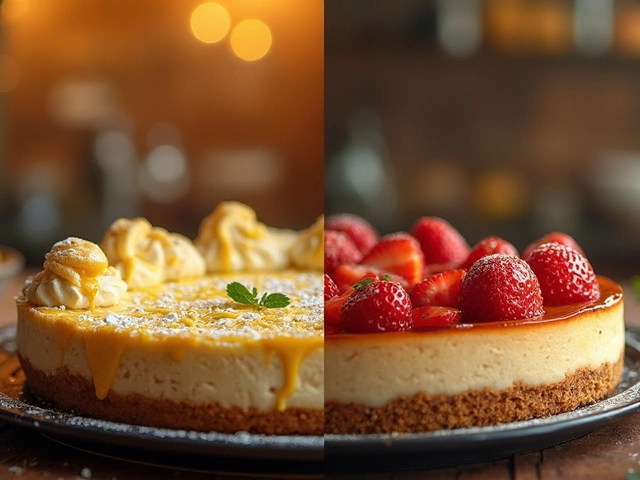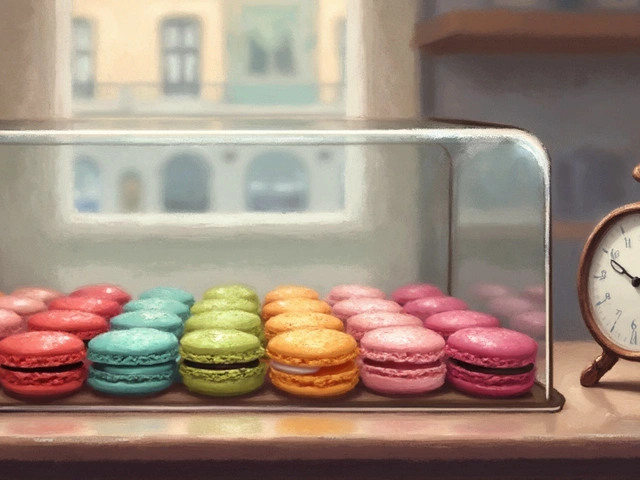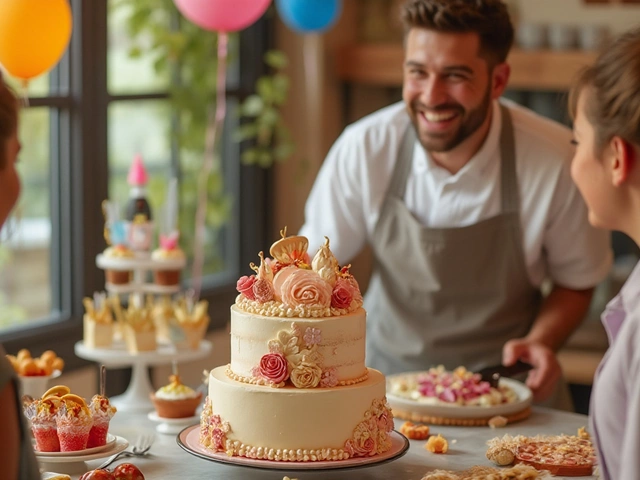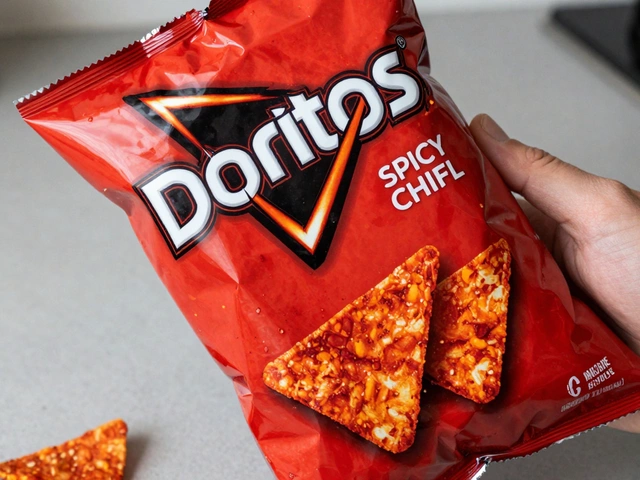Sugar Crystals: What They Are and How to Use Them
When you sprinkle those tiny, sparkly bits on a cupcake, you’re looking at sugar crystals. They’re just sugar that’s been formed into small, hard pieces. You’ll see them on frosting, in candy, or even as a simple garnish. Knowing how they work can make your desserts look and taste better.
Types of Sugar Crystals
Not all crystals are the same. The most common are granulated sugar, which is the everyday white sugar you keep in the pantry. Coarse crystals, like sanding sugar, are bigger and stay crunchy longer – perfect for topping brownies. Fine crystals, such as caster sugar, dissolve quickly and are great for meringues. Some bakers even use rock candy for a dramatic, crunchy surprise.
Cooking Tips and Tricks
Here’s how to get the most out of sugar crystals. First, toast them lightly in a dry pan to bring out a richer flavor—just a minute or two, then watch the color change. Second, if you need a smooth texture, pulse coarse crystals in a blender for a few seconds; you’ll get a medium‑size grain that melts evenly.
When a recipe calls for “crystal sugar” but you only have regular granulated, you can simply skip the step. The end result may be a little less crunchy, but the flavor stays the same. On the flip side, if you want extra crunch, swap regular sugar for sanding sugar in frosting.
For candy makers, controlling crystal size is key. Dissolve sugar in water, bring it to the right temperature (usually the soft‑ball stage, 235‑245°F), then let it cool without stirring. Small crystals will form naturally, giving you a smooth caramel or fudge.
Storing sugar crystals is easy. Keep them in an airtight container away from moisture, and they’ll stay crisp for months. If they clump, a quick shake or a few seconds in the microwave can break them apart.
Want to make your own crystals? Dissolve equal parts water and sugar, heat until it’s a thick syrup, then let it sit undisturbed. Tiny seed crystals will grow on a string or stick you suspend in the solution. It’s a fun kitchen science project and you end up with beautiful, natural rock candy.
Remember, sugar crystals are not just for looks. They add texture, a burst of sweetness, and can even help regulate moisture in baked goods. Use them wisely, and your treats will have that extra wow factor.
So next time you reach for that jar of sparkling sugar, you’ll know exactly why it makes your desserts shine and how to use it like a pro.
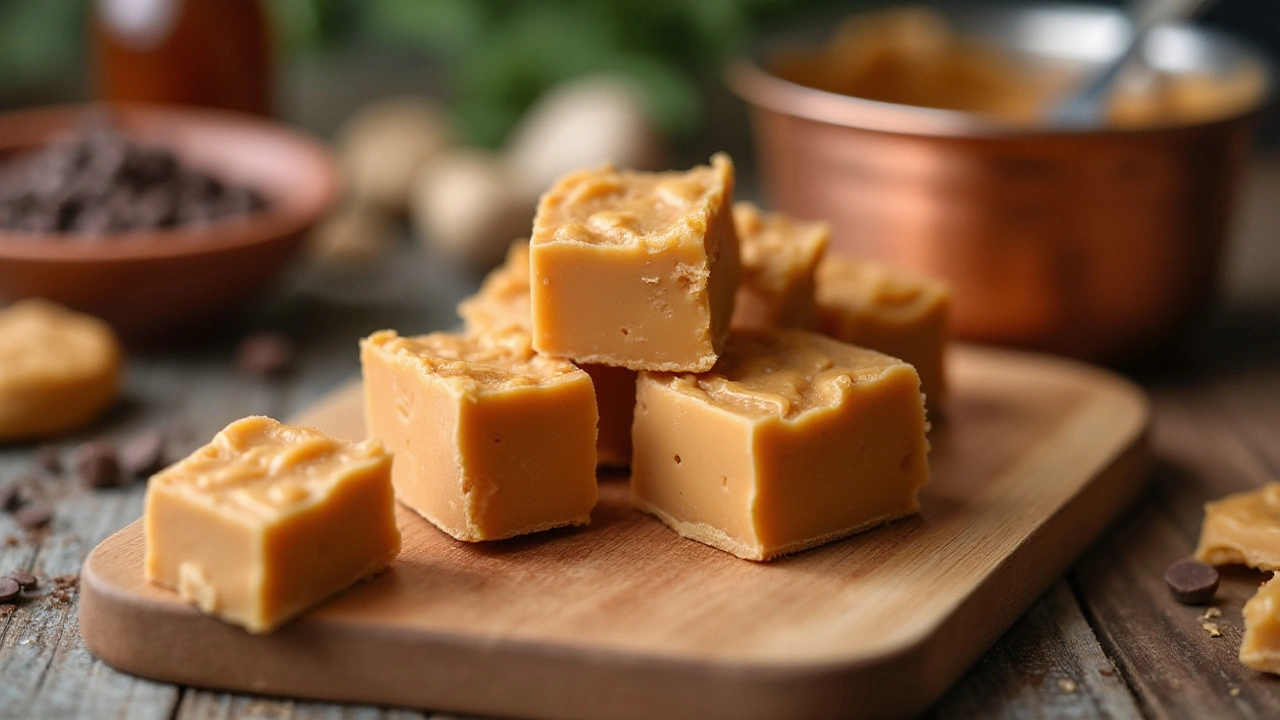
Prevent Sugar Crystals in Fudge with These Simple Tips
Making smooth and creamy fudge can be a rewarding experience, but sugar crystals can sometimes spoil the texture. This article explains the science behind why sugar crystallizes in fudge and provides helpful tips on how to prevent this from happening. Learn how to handle sugar, cook fudge mixtures to perfection, and store your sweet treats. Discover how small changes can significantly improve your fudge-making skills.
View More
